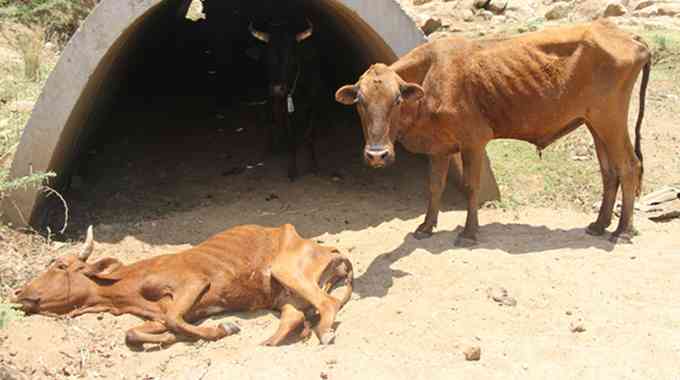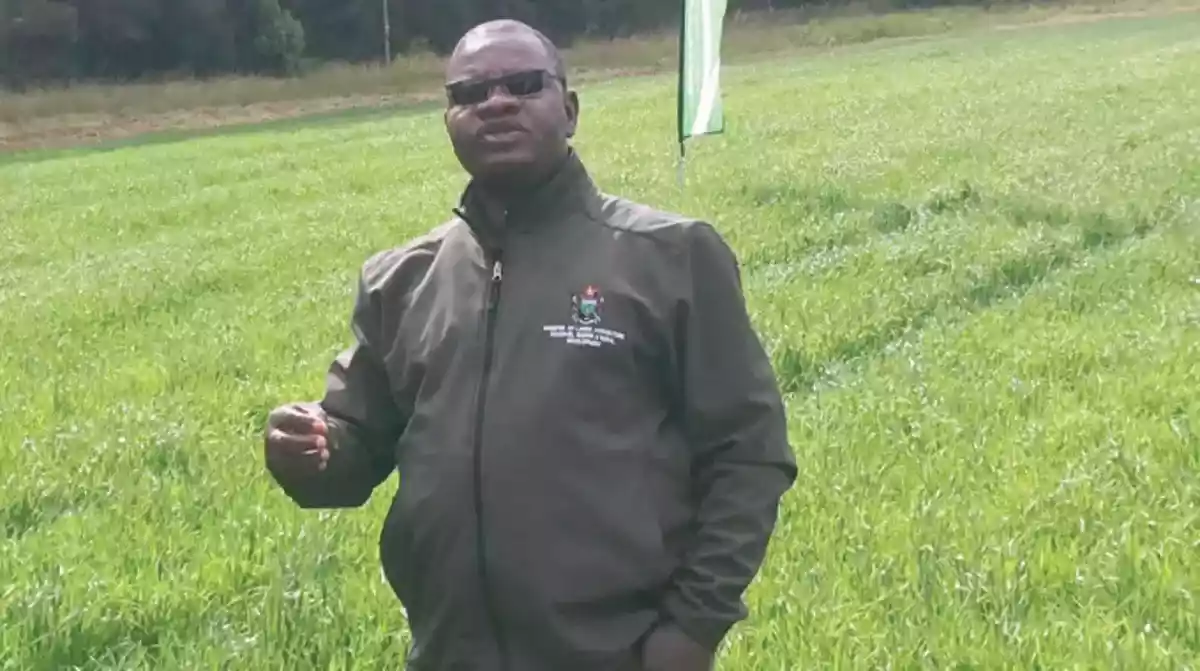
This year, the January disease has been more devastating than ever in most communal areas, leaving many villagers without cattle.
In areas like Christon Bank, communal farmers have now resorted to horticulture because they have no option.
Samson Chanetsa, a farmer in the area says that he was now free to pursue horticulture because there is no threat of cattle as they have all died. "This year we are not worried much about fencing because there are no cattle at all. They all died because of January Disease."
The same situation is prevailing in the Masvingo area of Chatikobo where thousands of cattle have died.
The situation is worse in Matabeleland.
What is worrying however is that despite announcing a ‘war on January disease’ for 2023, the government has chosen to mum over the issue.
It could be because it is an election year and those in authority do not want to be seen as if they are inefficient. Or maybe it's because since the minister of agriculture was named the best minister in cabinet, talking about January Disease would be a spoiler for the momentum.
There is no update, or even a high alert of the matter which has eliminated half a million cattle in the last three years.
- Global demand buoys tobacco prices
- Edutainment: For Tsungie, a picture tells a story
- Edutainment: For Tsungie, a picture tells a story
- Sacred Mbuya Nehanda shrine under siege from illegal gold miners
Keep Reading
The disease is caused by ticks, also known as theileriosis. It is spread by the brown tick (Rhipicephalus appendiculas) and results in a swelling of the lymph nodes, running eyes, rough skin and loss of appetite and later almost certain death, especially with older, weaker animals.
In periods of relatively good rainfall, as has been experienced certainly in parts of the country, tick populations explode and if they are not controlled through dipping, then the disease spreads.
A new distribution of tick populations and associated population dynamics – both over time and space — is being seen leading some to speculate that there may be new tick species carrying the disease. New selection pressures also change the vector and in turn the disease, making theileriosis today very different to before.
The permanent secretary in the ministry of Agriculture regularly advised farmers to dip their cattle but unfortunately many areas have no dip tanks.
In fact many do not have the water to dip their cattle. As the officials point out it’s important to have the right chemicals, to ensure that animals are properly soaked, to add tick grease to parts of the body where ticks attack that are not usually dipped (such as ears) and to increase dipping frequency if the disease emerges. The 5-5-4 dipping regime is usually recommended, with dips spaced five, then four days apart. This to many is very expensive, unless the government is to provide the chemicals.
However even if the government provides chemicals, officials are tempted to sell them on the black market and make quick money meaning that the disease is here to stay.
To make matters worse, the new configuration of land use following land reform, more animals are spread across the country, but few dips especially in the resettlement areas. Along with the relaxation (or actually lack of implementation) of dipping regulations, animals are dipped infrequently and often not thoroughly.
There is also an influx of ‘fake’ chemicals in private veterinary distributors and many being adulterated, although importers and manufacturers and Vet officials deny this.
Infrequent dipping and misapplication of dips may have resulted in resistance to dip chemicals (acaricides) by the ticks. Compared to the heavily grazed communal areas, ticks survive better in the new resettlements. Others argue that there are new vectors among the wider array of ticks found in these grazing environments, extending the range of tick vectors.
The mixing of breeds in both the communal and resettlement areas that resulted from the dispersal of commercial breeds across the country following land reform has probably meant less overall resistance to ticks and tick-borne disease.
Hardy, small Mashona cattle could survive nearly anything, but this is less the case with exotic crosses, resulting in declining resistance in the population. With some investing in pure breeds as they stock their A2 farms.
There is a need for a concerted effort to fight theileriosis otherwise the national herd will be downsized in the coming years.
- Gwabanayi is a practising journalist and a farmer in his own right. — 0772 865 703 or [email protected]







